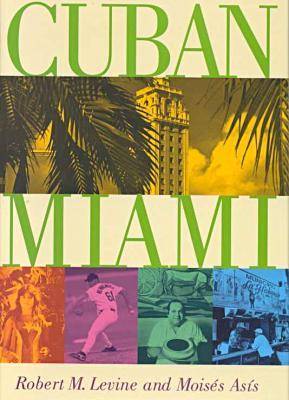For 200 years, Cuban exiles have found their way to the United States, especially to Florida. But since Castro's victory in 1959, Miami has seen almost one million Cubans arrive by sea and air. The impact on this area has been enormous. Miami - known as the "exile capital" - has a greater cultural affinity to Havana and the rest of Latin America than to Tallahassee, Florida's capital. This book offers an analytical, photographic record of Cuban migration to south Florida. The authors have interviewed members of every sector of the Cuban exile community, from the first pioneers to the mass waves in the early 1960s to those who arrived by raft during the late 1990s. In their investigation of Cuban-US history, they touch upon all aspects of Cuban influence: politics, cuisine, music, assimilation, discrimination, and institution building. Miami has more Cuban food establishments than the nearby island does. The city has been fertile ground for germinating a unique synthesis of Cuban and American art and music, while Cuban Americans are the most prosperous immigrant group in the United States, this success has come at a price - living in exile can exact a personal toll.
- ISBN13 9780813527802
- Publish Date 1 June 2000
- Publish Status Out of Print
- Out of Print 19 April 2013
- Publish Country US
- Imprint Rutgers University Press
- Format Hardcover
- Pages 176
- Language English
